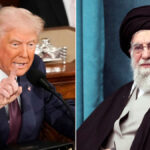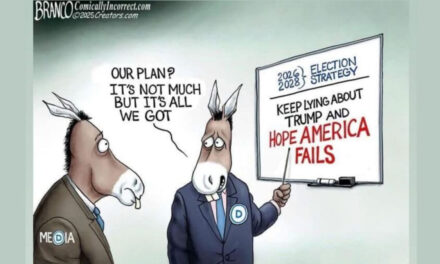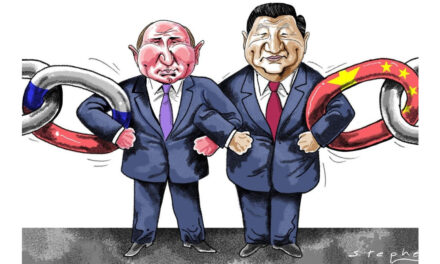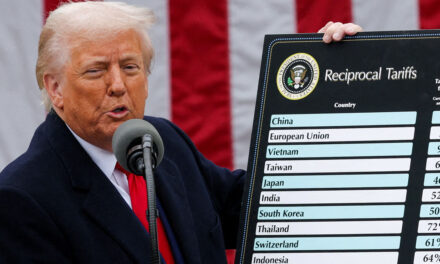
How Middle Eastern Countries are Adjusting to the Drastic Oil Price Drop
Once upon a time oil was $100 a barrel, which generated $1 trillion in export revenues for oil-rich gulf nations. But, those days are over.
With the drastic price drop of oil, Middle Eastern countries are being forced to introduce some desperate measures to try to stay in the business. Here’s how these Gulf countries are trying to cut costs.
Saudi Arabia
This region’s largest oil producer has had to make deep spending cuts, while eliminating its foreign scholarship program. This is evidently effecting the economy; the stock market is plunging. The Tadawul index has dropped 18% in 2016 and 34% over the last year. There has been speculation that the country will have to depeg the rival (it’s currency) from the US dollar. We reported in the fall their cash reserves are hemorrhaging money ($12 billion per month)
Kuwait
Even though this country has one of the world’s lowest oil production costs, it is still hurting from the low oil prices. So much so, that the country is planning a taxation plan. The plan implements a corporate tax rate of 10%. This was also influenced by the 5% sales tax that gulf states plan to roll out in 2018.
United Arab Emirates
The UAE was the first Gulf country to introduce fuel subsidies. Last summer, the country started market pricing for petrol. Now the rest of the five countries in the region are also cutting subsidies.
Bahrain
Bahrain was forced to raise petrol prices in January, after not doing so for 30+ years. The country has also cut subsidies on energy and meat. Beef and chicken is now double the price. Bahrain also has a reform program in the works.
Qatar
This country has raised the price of petrol by 35%, increased water and electricity prices, while demanding that state-owned institutions keep spending down. Not to mention, it has been expected that Qatar will run a budget deficit this year, after not doing so for 15 years.
Oman
This country has increased corporate tax to 15% from 12% and has also increased the price of fuel.
On a broader level, a plan by oil producers is in the works to cap the oil production. However, not everyone is playing nice. Once the international sanctions were lifted on Iran, the country immediately increased output. The country plans to increase output to 4 million barrels a day before even considering an oil production cap. So, the chances that all suppliers will enter an agreement is un-likely.
Not to mention, tensions are running high right in the middle of all these countries. In Saudi Arabia’s Awamiya, Nimr al-nimr’s execution in January has fuel fighting between Shia and Sunni governments. Iran has a prominently Shia Muslim population, while Saudi Arabia has a majority of Sunni Muslims, with 10% of citizens Shia. Many believe that conflicts like these are caused by underlying tension over oil. So, this makes it even more doubtful that Iran will sign off on an oil cap agreement.

























At last Larry has been heard from with "Leave a Reply". We know Larry is the author of the Reply…
Trump is probably the most fit President we have had in the White House for a President at any age.…
Cognitive and physical health. OMG. Elections have consequences. It’s proven that Trump is smarter than Frank Dunger. Any in agreement?…
He said, she said so who are we going to believe. Larry you cast a very dim light on the…
You asswipes aren’t good enough to give Trump a rim job. But speaking of Trump, he passed his physical examination…